The Fascinating Story Behind the Royal Family's Yacht, Britannia
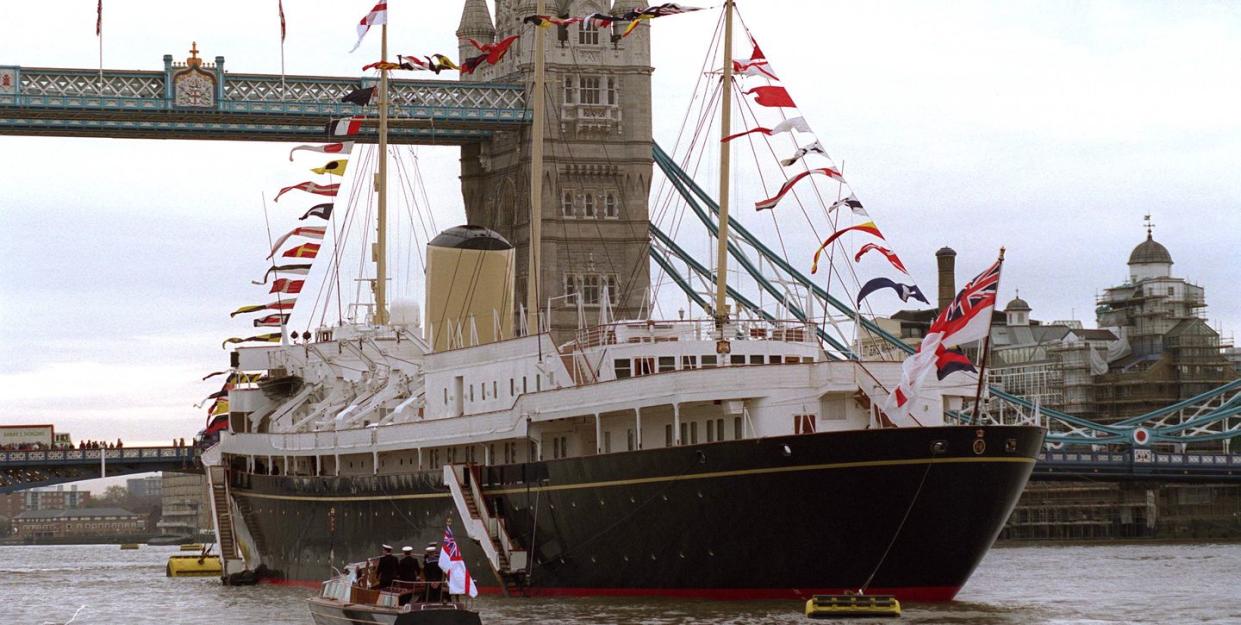
- Oops!Something went wrong.Please try again later.
"Hearst Magazines and Yahoo may earn commission or revenue on some items through the links below."
The royal family has a long history of seafaring—the first official royal yacht was the HMY Mary (HMY stands for His or Her Majesty's Yacht), gifted to Charles II by the Dutch in 1660. In fact, over the centuries the monarchy has utilized 83 royal yachts, including the most recent, the HMY Britannia.
Often referred to as the last royal yacht, the Britannia was decommissioned in 1997, and despite some efforts, there are no signs of a new one in the near future. Though its seafaring days may be behind it (the ship now serves as a tourist attraction in Edinburgh, Scotland), the Britannia remains an important artifact and a peek behind the curtain of royal life—it even garnered a prominent place in the fifth season of The Crown. Below, a few of its most notable moments throughout history.
It was the first royal yacht designed for ocean travel.
The ship was built by John Brown & Co at the same shipyard in Clydebank, Scotland in the same location the famous ocean liners the Queen Elizabeth and Queen Mary were constructed. With 12,000 horsepower, the ship could travel at a maximum 22.5 knots (approximately 25 miles per hour), ideal for ocean-going diplomacy. Prior to its launch in 1953, the royal family used ships from the Royal Navy or even passenger liners for the overseas portions of the royal tour.
In its 44 years of service, the HMY Britannia traveled around 1.1 million miles.
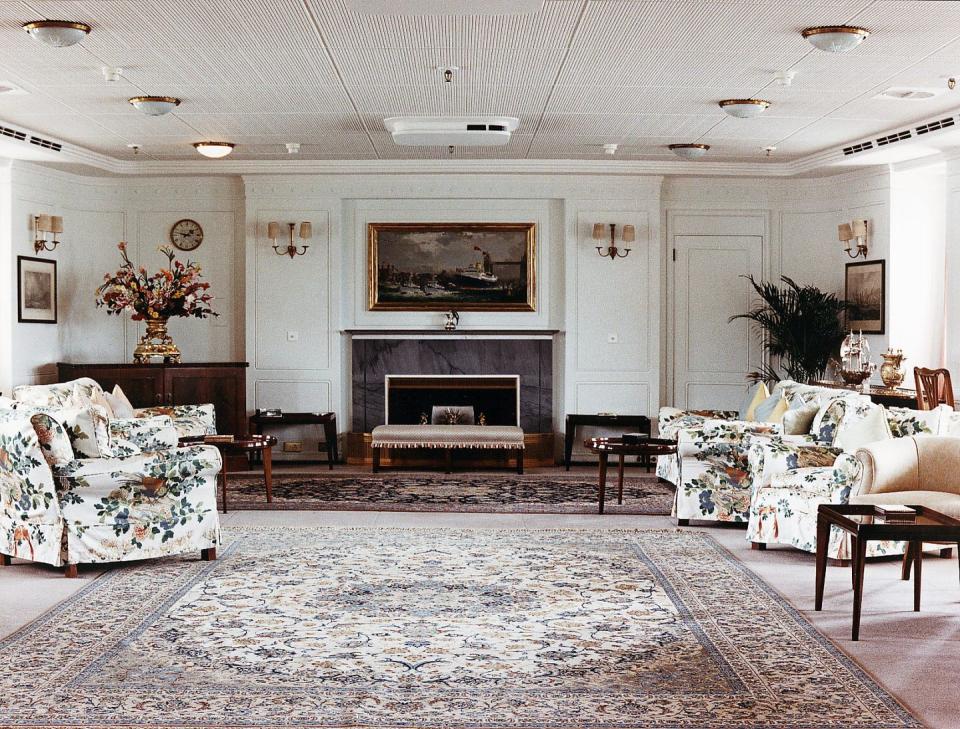
It was commissioned just two days before the death of King George VI.
The King was already in failing health by the time the designs for the HMY Britannia were submitted, and the hope was that traveling might help alleviate some of his symptoms. However, just two days after the John Brown shipyard in Clydebank, Scotland received the order the King passed away on February 6, 1952.
It would take just over a year for the ship to be completed, during which time its name remained a secret—it wasn't announced until the ship's official launch in April of 1953, less than two months before the Queen's coronation. Elizabeth cracked a bottle of English wine (in the post-war era, champagne was considered too extravagant for the launch of a ship) and announced, "I name this ship Britannia… I wish success to her and all who sail in her."
It was created to double as a hospital.
When Britannia was first envisioned, less than a decade after the end of World War II, the designers sought to make it as functional as possible, crafting a space that could be converted from an ocean-going royal residence to a seafaring hospital during any possible future wartime. The main veranda was laid out and re-enforced so that it could support a helicopter landing and the laundry was made much larger than on a standard naval vessel to accommodate the potential patients. Though the ship was never actually put to that purpose, it was pressed into service on a rescue mission to help evacuate European nationals from South Yemen in 1986.
The ship was home to a lot of history.
Long before it became a floating museum, the Britannia had an eye for history. The gold and white binnacle housed on the ship's veranda deck was originally part of the HMY Royal George, a royal yacht that served Queen Victoria. Likewise, some of the bed linens used by Queen Elizabeth aboard the vessel were originally made for Victoria's bed for one of the previous royal yachts.
Britannia's steering wheel was lifted from her namesake, the racing yacht HMY Britannia, built in 1893 for King Edward VII.
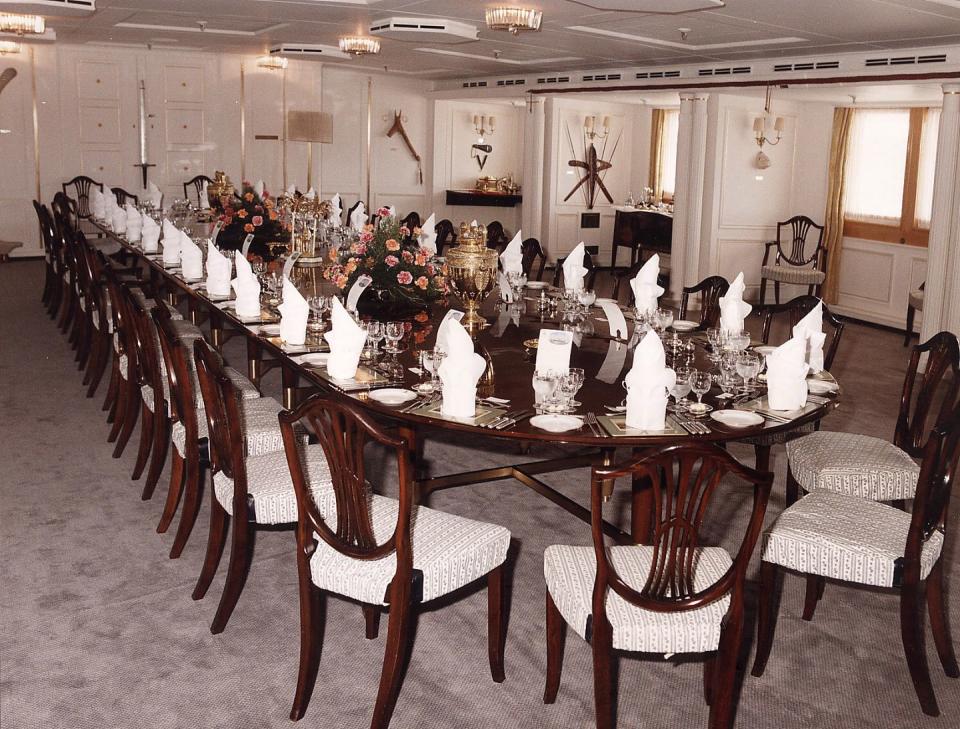
It was redesigned to be less opulent.
Despite the sense of luxury that the term "royal yacht" inspires, the Queen and Prince Philip were actually concerned when they began overseeing the project in 1952 that the original interior design plans by the design firm McInnes Gardner & Partners were too lavish for a country still recovering from the war. The interiors were ultimately redesigned by Sir Hugh Casson and received very minimal updates throughout her 44 years of service.
But it still had homey touches—by royal standards.
Suffice to say that even low-key royal living is a fairly high class. In addition to the 56-seat State Dining Room, which hosted luminaries including Winston Churchill, Noel Coward, Nelson Mandela, and multiple US Presidents, the ship also sported a formal staircase where the Queen would greet guests, separate bedrooms and sitting rooms for both Her Majesty and the Duke of Edinburgh, and a phone system designed to match the unique configurations of Buckingham Palace's telephones.
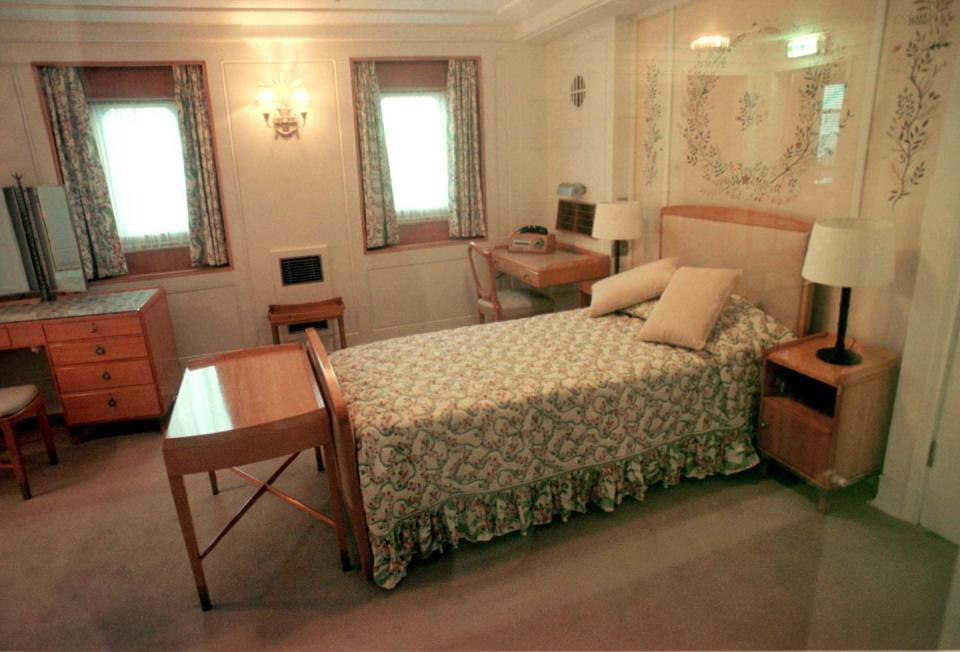
In the early years of the Britannia's life it was also home to the Queen's Rolls-Royce Phantom V which was hoisted and lowered from a special garage compartment at port so that the Queen could drive her own car at each location. The space was ever so slightly too small, forcing the bumpers to be removed in order to get it into the garage without damage and then refitted when the car was removed. Ultimately Elizabeth began using cars provided for her at port instead and the garage was converted into a storage area for beer.
The steering crew couldn't see where they were going.
Life on board the HMY Britannia was far from typical for her crew. To begin with, due to the prestige and pressure of the position, the commanding officer of the royal yacht was always a flag officer, most commonly a Rear Admiral, although the first two to serve were Vice Admirals, and Britannia's final CO was a Commodore.
While working, the crew reportedly used hand signals to communicate rather than shouting orders, in order to maintain a sense of quiet and calm for the royal residents. It was also the last ship in the royal navy where the crew members slept in hammocks, a practice that they maintained until 1973.
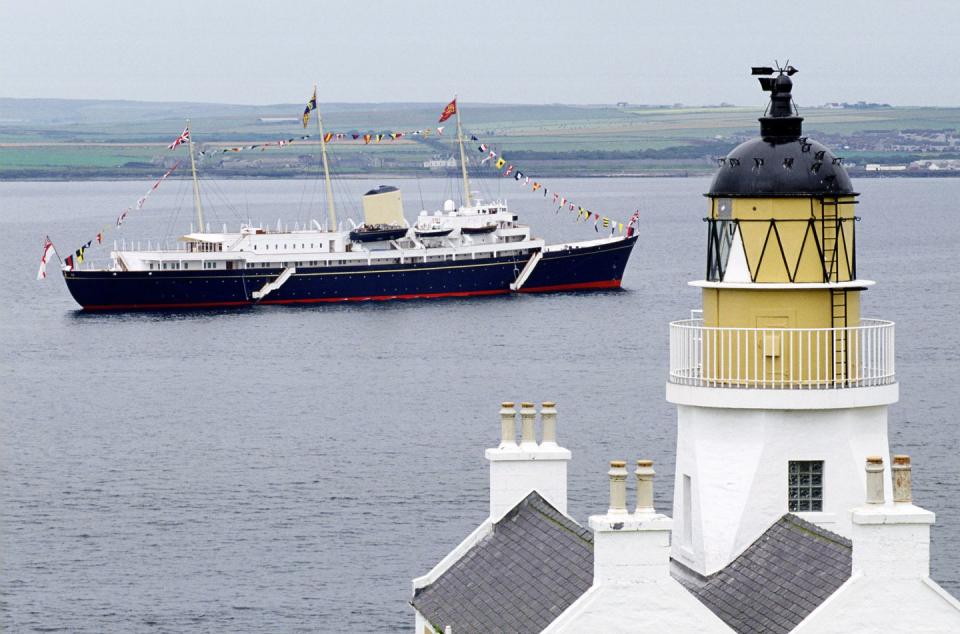
Perhaps the most unusual element of the ship's functioning, though, was the steering. While on most ships, the steering wheel sits on the bridge, overlooking the front of the vessel, Britannia's was on the deck below, in the wheelhouse, which meant that the yachtsmen who were actually doing the steering couldn't see where they were going. The crew got around this rather surprising pitfall by using voice pipes from the bridge to confer navigational orders.
It was a royal honeymoon essential.
No fewer than four royal couples celebrated their honeymoons in the HMY Britannia's honeymoon suite (the only room onboard with a double bed.)
Princess Margaret started the tradition in 1960 for her Caribbean honeymoon with Anthony Armstrong-Jones, a quiet, formal affair where dinners were taken in full evening dress every night. Things didn't go quite as smoothly for Princess Anne on her honeymoon with Captain Mark Phillips in 1973—storms and 20-foot waves left the couple stricken with seasickness for the first week of their Caribbean cruise. Prince Charles and Princess Diana famously spent their 1981 honeymoon on a Mediterranean cruise aboard the yacht. The crew managed to duck the press so efficiently they garnered the nickname "the ghost ship." The final royal honeymoon aboard the Britannia was taken by Prince Andrew and Sarah Ferguson, Duchess of York in 1986 when the couple traveled around the Azores.
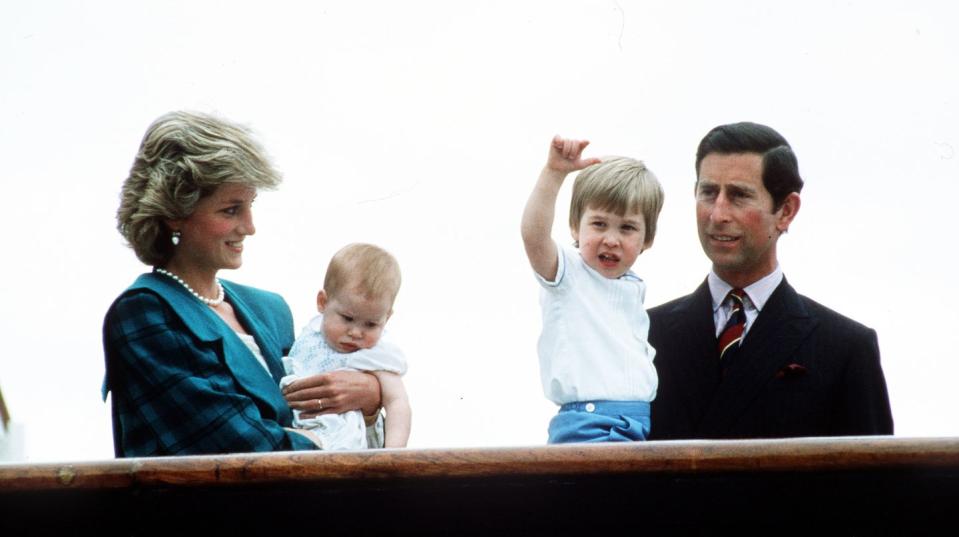
And a family vacation spot.
In addition to her diplomatic duties on royal tours and her service as a post-wedding retreat, the Britannia was also a vessel for family vacations. During the summer months, the royal family would often take off on what became known as the Western Isles tour, cruising around the western isles of Scotland. During the trip, the family would play games and have barbecues on the islands. The stairway off of the veranda was sometimes even converted into a waterslide for the younger royals. The tour often included a stop off at the Castle of Mey to visit the Queen Mother, then making berth in Aberdeen so that the Queen could travel to her favorite summer home, Balmoral.
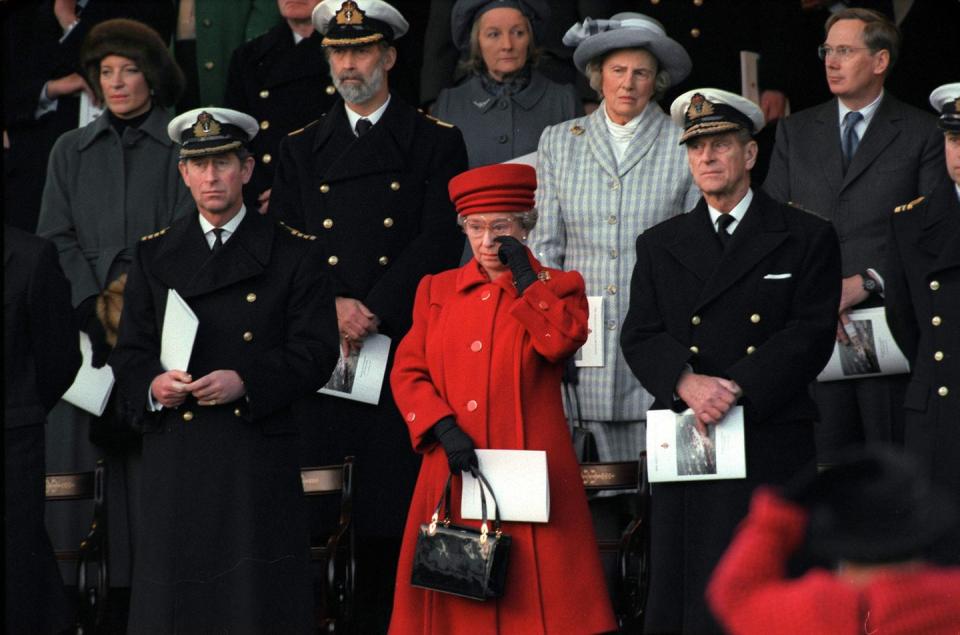
The Queen openly wept when HMY Britannia was decommissioned in 1997.
With so many memories around the yacht, it's not hard to understand why the decommissioning of the Britannia was upsetting for the royal family. Though plans were initially drawn up for a replacement yacht, the government ultimately determined not to fund the effort. After the Queen officially took her leave of it in 1997, the ship was placed in the port of Leith in Scotland where it serves as a floating museum and events venue. All of the clocks on board remain stopped at 3:01, the exact time that Her Majesty disembarked for the last time.
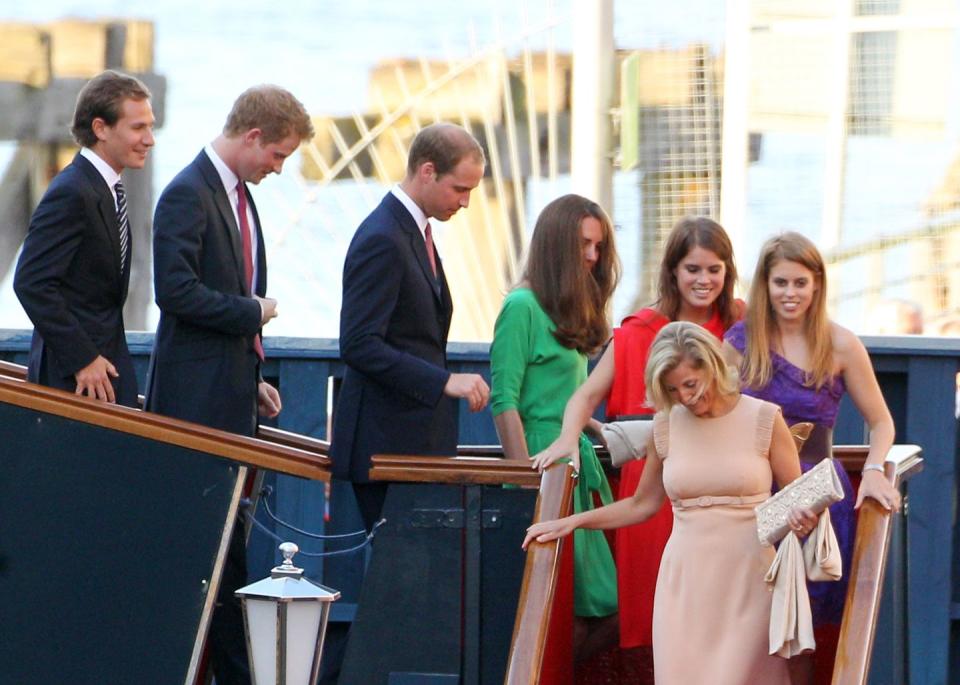
It was used for a reception for Zara Phillips before her wedding.
Though it's no longer used as their private vessel, the Britannia's connection to the royal family didn't end in 1997. In 2011 on the night before her wedding, the Queen's oldest granddaughter Zara Phillips contracted the ship for a reception. Though her grandmother wasn't in attendance Zara celebrated her upcoming marriage to Mike Tindall onboard along with her mother and her cousins Prince Harry, Prince William and Kate, Princess Eugenie, and Princess Beatrice.
You Might Also Like

